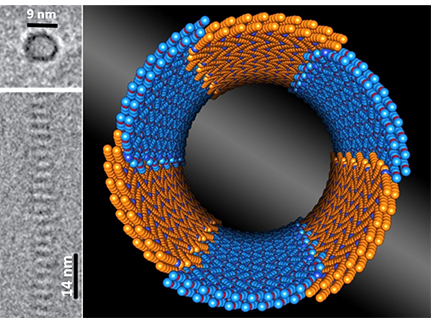
How to Convince Molecules to Self-Assemble into Precise Hollow Nanotubes
Scientists reveal another design principle for building nanostructures in soft matter, valuable for batteries, water purification, and more.

Scientists reveal another design principle for building nanostructures in soft matter, valuable for batteries, water purification, and more.
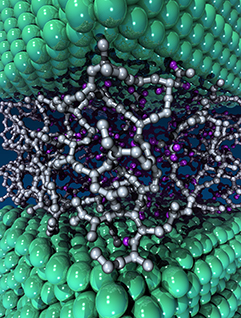
Self-healing diamond-like carbon coating could revolutionize lubrication.
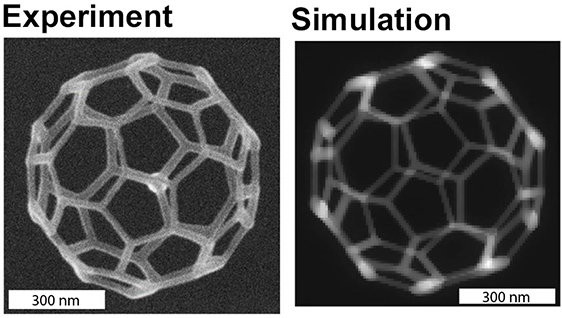
Electron beam controllably builds micro- and nanoscale structures, enabling new three-dimensional materials.
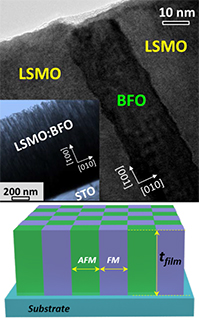
Unique magnetic coupling found in vertically aligned nanocomposite films shrink devices and let them withstand higher temperatures.
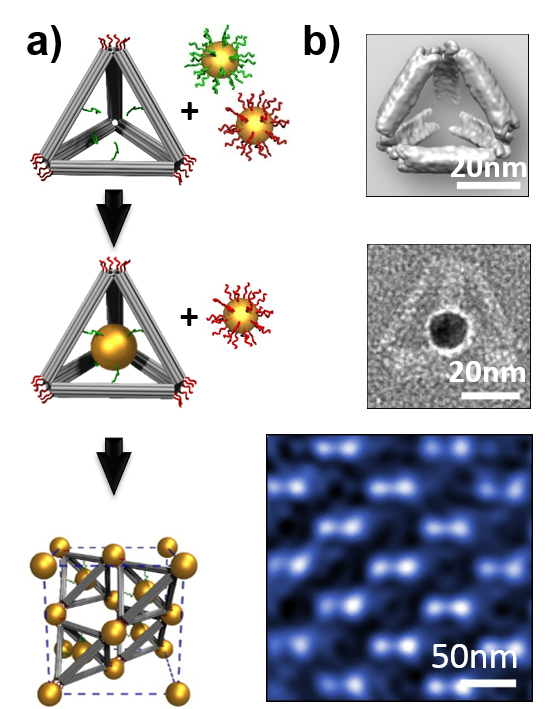
Using DNA linkers to form cages for nanoparticles redefines the rules for assembling nanoparticles
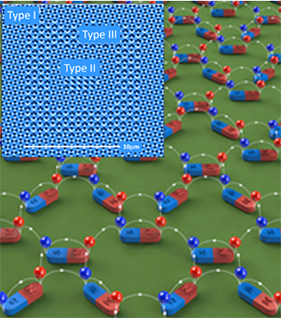
A material with unprecedented control of magnetic states may have implications for new technologies.
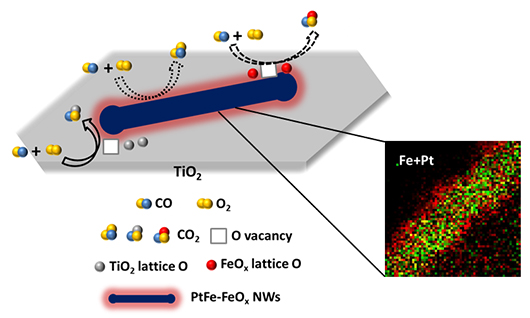
Researchers designed an extremely efficient catalytic system to remove carbon monoxide.
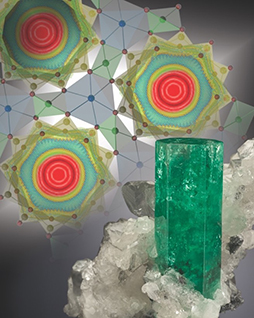
Evidence for a new kind of water molecule, trapped within nanotunnels inside an emerald.
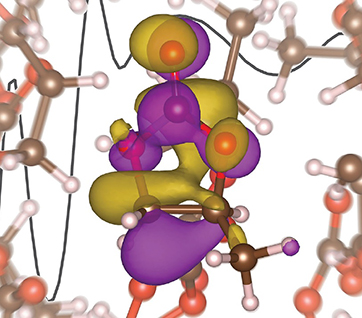
Scientists seek to improve the battery by investigating the detailed interactions lithium ions experience with liquid battery electrolytes.
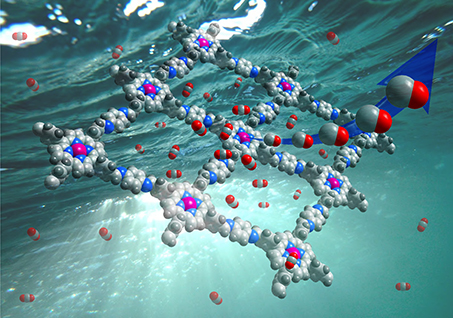
Combining two types of catalysts speeds conversion of carbon dioxide into an industrial feedstock.
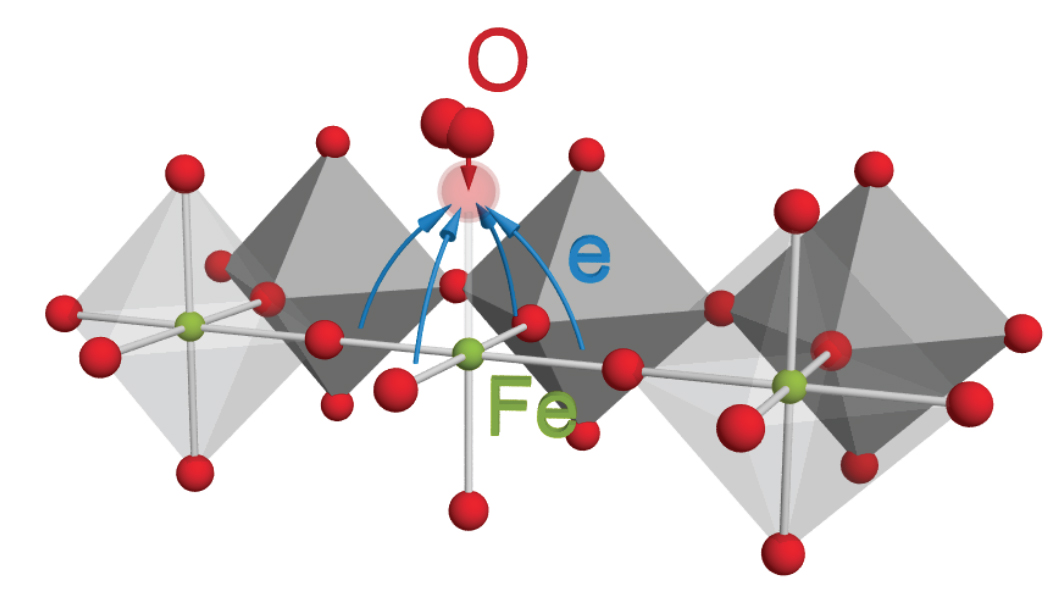
Scientists find oxygen molecules ignore electrons in metal atoms in key reaction, providing an important detail for fuel cell design.
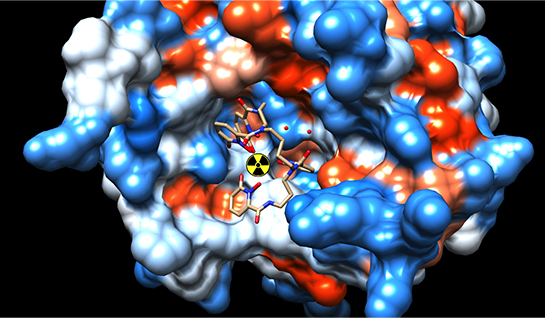
A protean protein transports actinides into cells and could change environmental cleanup.